Each spring, I realize how fast time scrolls by when an outfitter friend recruits me to instruct his sea kayak guides’ training course on Lake Superior. I inevitably assume the role of an old codger. How things have changed since my glory days.
When I started guiding 20 years ago, adventure tourism was booming. My favorite recollections portray the nascent industry as fly-by-night. I was still a teenager, leading greenhorn adults on wilderness trips without any emergency communication technology. On sea kayak trips, if you raided the gear room early, you’d score an oversized, non-waterproof VHF marine radio with a sketchy battery and limited range. The plan if things went sideways was implicit: deal with it on your own.
I was longing for those simpler days last winter when a friend and I set off on a 10-day snowshoe and toboggan trip on the frozen waterways of canoe country, just as the world descended into the chaos of the pandemic. Each evening my partner fired up his InReach satellite communicator and the messages rolled in from his girlfriend: lockdowns and border closures, numbers of infections and professional sports seasons abruptly canceled—illusions of an apocalypse so far removed from the reality of our existence.
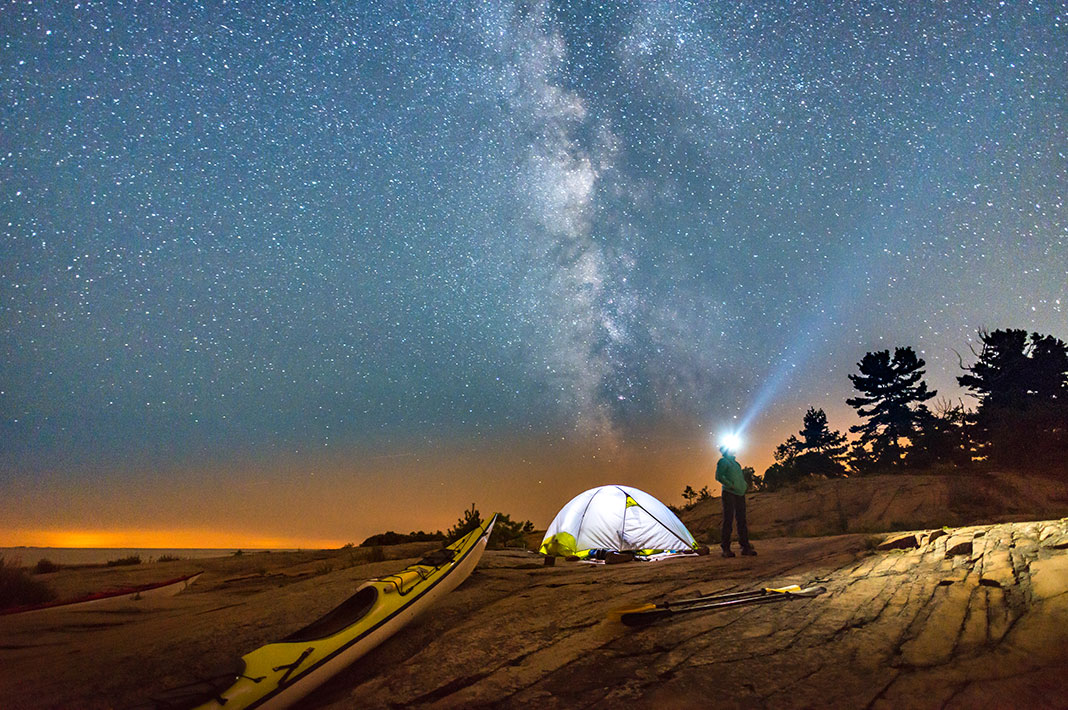
During the days, my mind wandered and I was easily distracted—worrying about the portents of the diminishing number of jet contrails in the bluebird sky rather than celebrating the glorious sunshine and certain arrival of spring. I came home thinking I was done with satellite communicators. How’s that for assuming responsibility for my actions?
Globalstar’s SPOT holds the distinction of being the first pocket-sized consumer satellite communication device. Previously, some wilderness adventurers carried personal locator beacons, all-or-nothing emergency locators like those used in aircraft. The first-generation SPOT came on the market in 2007 and allowed users to send generic “I’m OK” messages to a circle of friends or summon rescue with an SOS button.
InReach launched in 2011, adding two-way communication technology for actual conversations and the ability to make off-grid updates to social media feeds. Garmin eventually took over the brand. Both devices direct distress calls to an international dispatch center that in turn calls upon regional rescue professions to respond; the latest technology verifies the nature of the incident and affords a short, second-chance window should outdoor enthusiasts wish to call the rescue off. As of last fall, InReach and SPOT devices were responsible for more than 12,000 rescues over 14 years. Many, no doubt, were legitimate life-threatening emergencies. But the stat makes me wonder: how many people died in misadventures before the advent of these devices?
Like anti-lock brakes or “indestructible” plastic whitewater canoes, satellite communicators impart peace of mind—and, sometimes, a false sense of security.
Last October, an Indiana man ventured into Minnesota’s Boundary Waters Canoe Area on a solo canoe trip—his first visit to the million-acre wilderness area—renting an InReach device from a local outfitter for $10 per day. The 34-year-old was less than 24 hours into a weeklong trip when an early blast of winter exposed his startling degree of unpreparedness. He issued a distress message and search and rescue professionals arrived that night, pushing through a snowstorm and freezing temperatures, to extract him from the wilderness. In an interview, the paddler blamed his hypothermia on a “poor choice of gloves.” He added, “It got so cold, my cellphone shut down on me.”
Of such a scenario, a friend of mine would say, “Stupid oughta hurt.”
To me, that sounds harsh, but it speaks to a critical opportunity lost. When experienced responsibly, so-called “natural consequences”—like being cold, wet, bug-bitten and exhausted—make the outdoors a great place to learn humility. However, a society that’s become more accustomed to instantly gleaning information from YouTube and Google emphasizes the fact expertise and good judgment take time to develop. Pressing SOS offloads the consequences of one’s choices and actions on someone else.
Pressing SOS offloads the consequences of one’s choices and actions on someone else.
Such self-reliance—ironically, a YouTube catchphrase—is overshadowed in marketing campaigns targeting our natural fear of injury and death.
In a press release celebrating InReach’s 5,000th rescue last fall, a Garmin representative said, “If anything happens…you’re still connected to emergency responders, friends and family.”
Admittedly, I’m also terrified of dying alone, but this sort of connection, I’ve come to realize, is exactly what I set off into the wilderness to escape.
Three summers ago, my partner and I set off on our longest paddling trip yet: A 56-day journey in subarctic Quebec’s Ungava Peninsula. I pride myself in traveling self-supported; we packed all our provisions for the entire trip. Yet, I couldn’t help but feel as though we were tethered to society by our InReach device. At times, I took joy in composing pithy 160-character messages to update our Facebook page. More often, I felt frustrated by endless weather forecasts and friendly advice issued by relatives in the outside world—besides wrestling with my usual impatience with technology: slow Bluetooth connections and half-typed messages, mysteriously deleted.
After six weeks of hard travel, we crossed the treeline where the winds became relentless. I realized technology was staunching our senses as we stared at the screen expectantly, seeking an external source of hope as our tent billowed around us. The feeling of dependence reminded me of early environmentalist Howard Zahniser, who drafted the U.S. Wilderness Act in the early 1960s. To experience wild places, Zahniser wrote, “is to know profound humility, to recognize one’s littleness, to sense dependence and interdependence, indebtedness, and responsibility.” I grieve this loss.
Sometimes, I wonder how I would’ve responded two decades ago had a client suffered a heart attack, broken leg, appendicitis or any number of accidents on one of my early guided trips. What made it acceptable back then to travel without reliable communications? Clearly, the baseline has shifted.
Indirectly, I pose this question to the latest cohort of wilderness professionals when we discuss various accident scenarios in the kayak guides course. Their default solution to what once would’ve been the hardest problem is simple: Hit SOS.

Conor Mihell is a sea kayak guide, award-winning travel journalist and, once upon a time, was a Rapid Media intern.
Disconnect to reconnect.| Photo: JP Danko



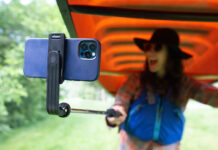
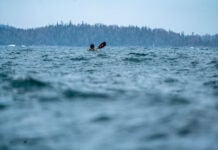
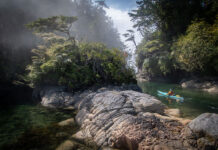
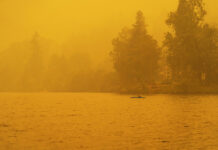

24 years ago, on a pretty remote trip to what at the time was the NWT; one of our group asked “how do we know where we’re going”? The response was; “we follow map and compass”. She asked, “don’t we have any GPS or some way to communicate with authorities”? Response: “nope”. Finally she asked, “well, what happens if we screw up badly in a rapid, or get attacked by a bear”? Response: “then you die”.
I admit, I don’t feel anything is wrong with the ability to reach outside assistance. I don’t want anyone dying needlessly. Heck; on another trip my group seriously considered evacuating me at one point. I guess it’s like anything else; prudence and competent decision making are vital. Having those things would leave the communicators in the bag for exactly what they’re designed for: emergencies.